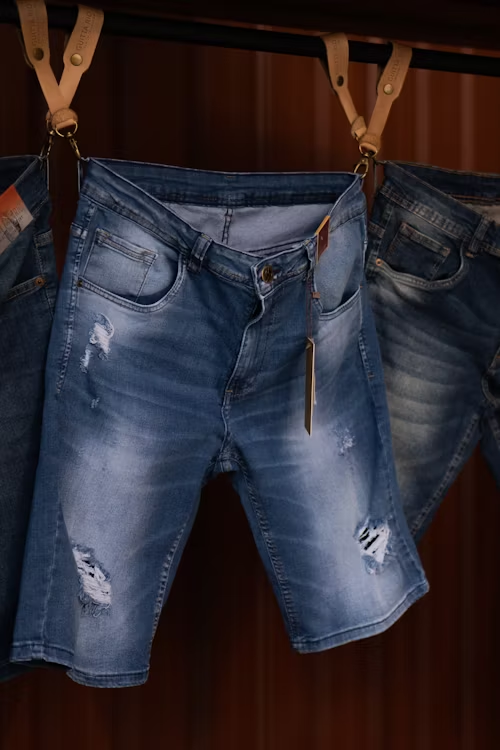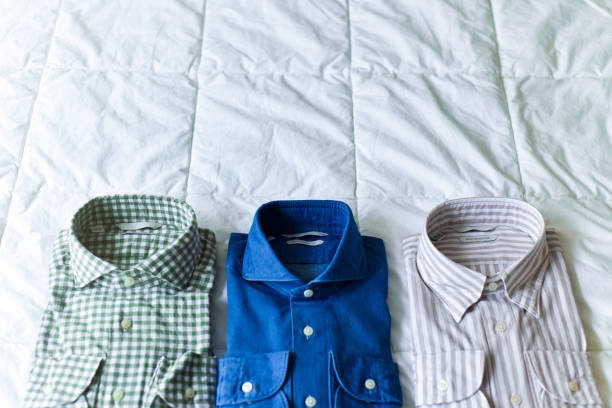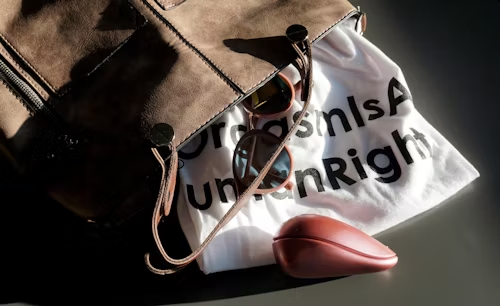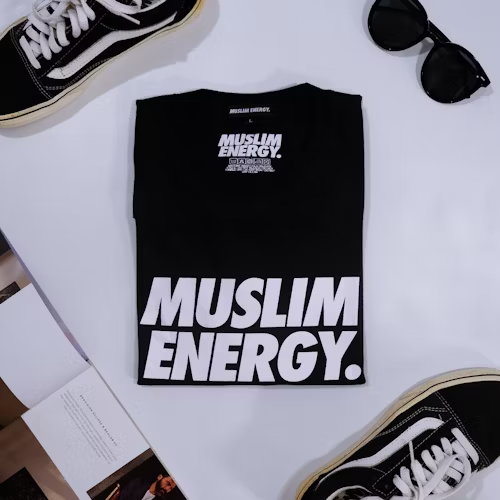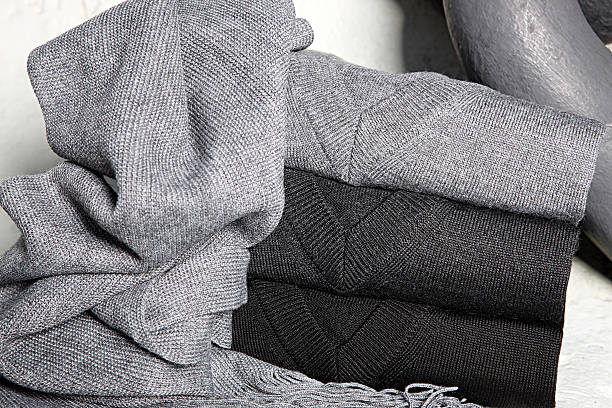Why Are They Called Sweatpants?
We slip them on for lounging, workouts, chilly mornings, and even errands. Sweatpants are a global wardrobe staple. But have you ever stopped mid-yawn and wondered, “Why are they Called Sweatpants?”
What is the actual origin of the term “sweatpants?” The answer is refreshingly literal and steeped in sportswear history. Let’s dive into the cozy origins of this iconic garment.
The Literal Reason: Function Dictates Form
The most straightforward answer lies right in the name: sweat.
- The original sweatpants mainly soaked up sweat when you worked out. Unlike restrictive or non-absorbent fabrics, designers created sweatpants to pull moisture (sweat) away from the skin.
- Managing Moisture: These pants wick away sweat. This helps athletes stay comfortable and prevents chafing. They also keep your body temp steady during exercise and when you’re cooling down.
- Managing sweat was their core job.
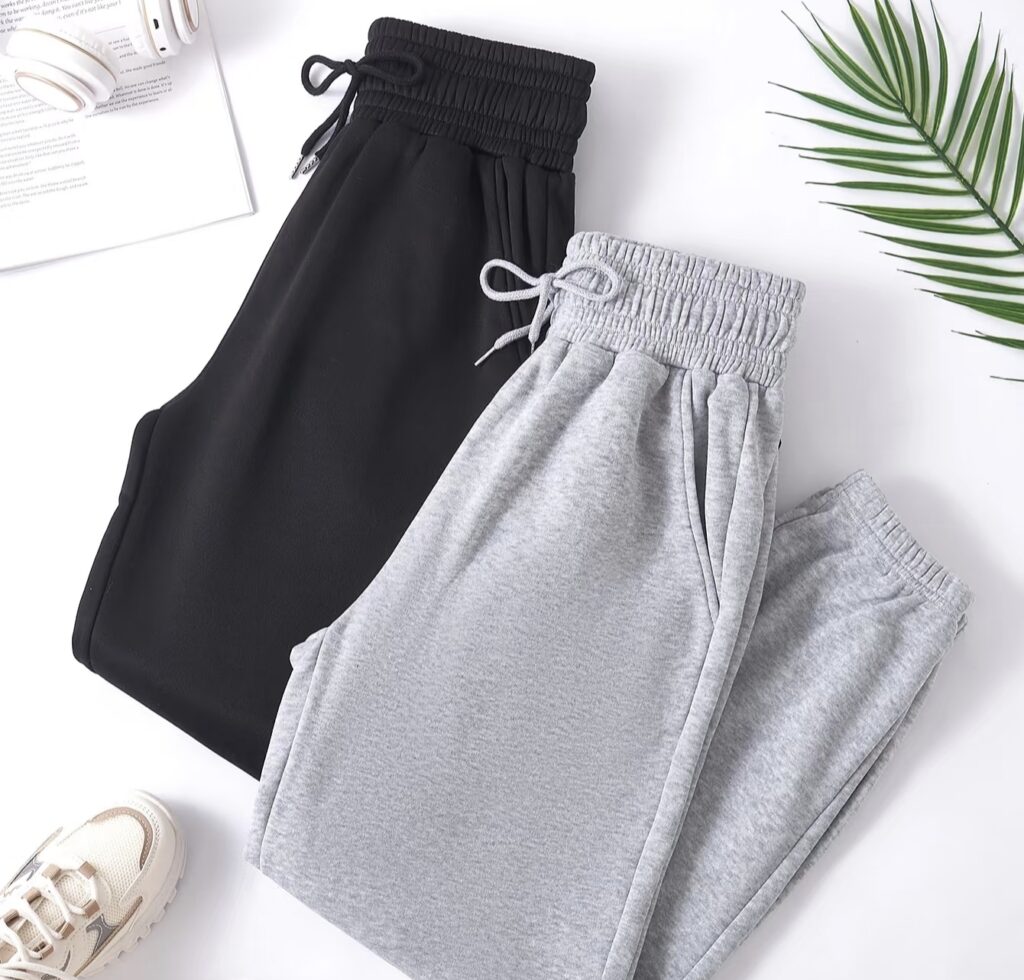
How were sweatpants created?
The story begins in the 1920s, firmly rooted in athletic apparel:
- The Innovator: Credit is widely given to Émile Camuset, the founder of the French sportswear brand Le Coq Sportif.
- The Problem: Athletes needed practical, comfortable clothing for training and warming up. Existing options were often uncomfortable, restrictive, or made from fabrics like wool that became heavy and irritating when wet.
- The Solution: Camuset had a simple, revolutionary idea. He created loose-fitting pants sewn from Jersey fabric – typically a soft, fleece-backed cotton knit. This fabric was:
- Highly Absorbent: Perfect for soaking up sweat.
- Soft and Comfortable: Gentle on the skin during movement.
- Flexible: Allowed for a full range of motion.
- Relatively Inexpensive: Made them accessible.
- The Name Sticks: The name “sweatpants” or “sweats” fits their clear purpose. They help manage sweat during sports and exercise. They were literally “pants for sweating in.”
Which material should we use for sweatpants?
The classic sweatpant fabric is crucial to its name and function:
- Jersey Knit Base: Provides flexibility and breathability.
- Brushed Interior (Fleece): This is key! The inside is brushed during manufacturing, raising the fibers to create a soft, fuzzy, terry cloth-like texture. This fuzzy layer:
- Traps Air: Providing insulation and warmth.
- Increases Absorbency: The raised loops create more surface area. This helps pull sweat away from the skin better than a flat knit. Think of it like a super-absorbent towel built into the pants.
- Enhances Comfort: Creates that signature plush, cozy feel.
How did sweatpants become popular?
While born for sweat, sweatpants transcended the gym:
- Post-WWII Casualization: The mid-20th century saw a shift towards more relaxed clothing styles.
- Student Adoption: Sweatpants became hugely popular on college campuses for their comfort and ease.
- Hip-Hop and Streetwear Influence (1980s/90s): Brands like Adidas made the tracksuit popular. Sweatpants became a symbol of athletic style and urban cool.
- The Athleisure Boom (2000s-Present): The blending of athletic and leisure wear cemented sweatpants as everyday staples. Comfort became essential. Sweatpants made from soft blends like cotton and polyester were in high demand.
- They often included fleece or French terry variations. The name “sweatpants” stuck, even as their use expanded far beyond just sweating.

Sweatpants vs. Joggers: A Note on Terminology
One may ponder the designation of “joggers.” While often used interchangeably now, there’s a nuance:
- Sweatpants are usually loose and have no cuffs. Manufacturers make them from soft fleece-backed jersey knit. This design focuses on comfort and absorbency, which connects to their name “sweat.”
- Joggers: Typically describe a more tailored, modern silhouette. They often feature:
- An elasticated or ribbed cuff at the ankle.
- A tapered leg.
- An elasticated or drawstring waist.
- Made from a wider variety of materials (fleece, French terry, lighter knits, even technical fabrics).
- The name “joggers” highlights the activity of jogging and the fit. It does not focus on their ability to wick away moisture.
So, Why “Sweatpants”? The Enduring Legacy
The name “sweatpants” endures as a perfect example of functional naming:
- Direct Descriptor: It accurately described the garment’s primary original purpose:
- managing sweat during athletic activity.
- – The name relates to the unique moisture-absorbing features of the classic fleece-backed jersey knit fabric.
- – This fabric is great at soaking up moisture exceptionally well.
- Historical Echo: It tells the origin story of this common piece of clothing. It reminds us of its practical beginnings in sports and exercise.
Conclusion
Next time you pull on your favorite pair of cozy sweatpants, remember their sweaty start! The name isn’t glamorous, but it’s honest.
In the 1920s, designers created sweatpants for athletes to manage sweat. The new fleece-backed cotton jersey worked well. The name “sweatpants” stuck because it described their purpose perfectly.
While they have become symbols of comfort and style, their main purpose remains the same. Designers make them to soak up sweat, and that’s why they’ve stayed so popular.
They are a true testament to the idea that sometimes, the simplest, most functional names are the ones that last. Now, embrace the comfort – earned or not!


